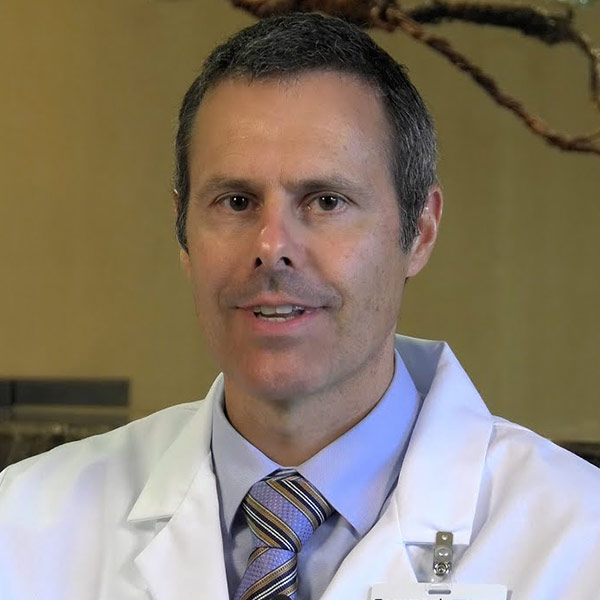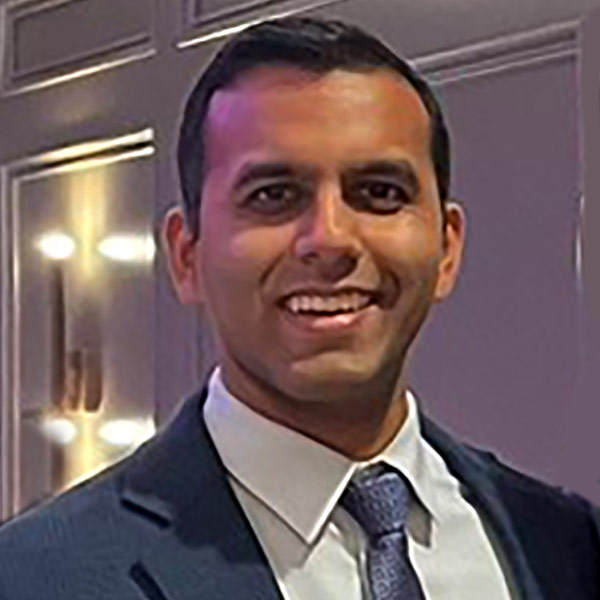The Future of Cath Lab QI: A Conversation With Simon Dixon, MD, FACC

Simon R. Dixon, MD, FACC, is the Chair of Cardiovascular Medicine at Beaumont Hospital - Royal Oak, Dorothy Susan Timmis Endowed Chair of Cardiology, and Professor of Medicine at Oakland University William Beaumont School of Medicine. He is originally from New Zealand and came to the United States in 1999 for an interventional cardiology fellowship. He has performed significant research in acute myocardial infarction, cardiogenic shock, and embolic protection. More recently, he has focused on improving radiation safety in the cath lab. In 2018, he received the Blue Cross Blue Shield of Michigan Cardiovascular Consortium (BMC2) PCI Quality Improvement Award in recognition of his efforts to improve the quality of care for coronary angioplasty and stenting.
You've done a lot of work with BMC2. What does it do and what has been its impact in the state?
The BMC2 Consortium is a multicenter quality improvement registry founded by Blue Cross Blue Shield of Michigan in 1997. It is designed to improve outcomes for patients who undergo PCIs in the state. I became involved in the consortium as our hospital's physician champion when I became cath lab director in 2006. All 48 PCI programs in the state voluntarily participate in the consortium and submit their own PCI data to the BMC2 coordinating center (~415,000 patients). The statewide data are reviewed closely to assess for opportunities for quality improvement. Each year, Hitinder S. Gurm, MBBS, FACC, who leads the consortium, and his team identify a few metrics and set specific quality goals for the state. And if a center reaches the benchmark for those metrics determined by the consortium, the program will be eligible for a financial incentive. Over the last decade we have witnessed significant improvements in mortality, vascular complications, contrast induced nephropathy and radiation dose to name a few.
Although many PCI programs report outcome data to a national registry (e.g. ACC's NCDR registry) which allows a way for programs to compare their metrics to national benchmark, BMC2 is really special and has built a wonderful camaraderie between programs and operators in the state. In an ideal world, BMC2 should be replicated in other states but, of course, that comes down to funding. Interested fellows could compare their hospitals' data to the NCDR benchmarks to understand areas of need and potential QI projects. Our fellows routinely join our cath lab QI team's meetings where we investigate ways to improve care and meet the BMC2 benchmarks. Additionally, the NCDR and BMC2 registries allow proposals for potential research projects!
Cath lab radiation safety is another of your research interests. What inspired you to get involved in this work and what's next?
My interest in this field really took off when I started using a real-time dosimeter and saw on a case-by-case basis how changing my technique dramatically reduced my radiation dose. Although we all wear dosimeter badges to monitor annual exposure, seeing the dose in real-time is eye opening. Unless you can "see" the dose, it's pretty hard to do much about it. I specifically recall doing two cases back-to-back that had a big impact – the first was an LAD stent using 700 mGy, followed by a complex retrograde circumflex CTO with 3000 mGy air kerma. And yet, the scatter radiation dose in each case was the same!
In the last year, several new technologies have become available that represent a major step forward in radiation safety. One of the most exciting is the ControlRad system that employs a novel collimator to filter X-rays from reaching the patient. In the REDEFINE randomized trial, we found the ControlRad system reduced scatter radiation to the primary operator by >50%. Additionally, a couple of technologies are now available, such as PROTEGO and RAMPART, that provide a radiation barrier between the patient and operators, even allowing physicians to perform cases without traditional lead apparel. Huge reductions in scatter radiation dose can also be achieved by careful attention to technique, such as limiting use of cine-acquisition, LAO and cranial views, and reducing the frame rate.
What advice do you have for fellows interested in leadership and QI?
Roll up your sleeves and get involved. Identify a quality issue you are passionate about in your own program and take a project from assessment to intervention. Even if it is something small, you'll learn something valuable. Read about quality improvement processes and consider attending conferences (e.g. ACC's Quality Summit) and discussing ideas with your peers. In terms of developing leadership skills, seek out experiences locally with your hospital's physician leadership. They may not advertise it but would love to bring you in on meetings and projects.

This article was authored by Akash Rusia, MD, chief fellow at Beaumont Hospital, Royal Oak. Twitter: @akashrusia
This content was developed independently from the content developed for ACC.org. This content was not reviewed by the American College of Cardiology (ACC) for medical accuracy and the content is provided on an "as is" basis. Inclusion on ACC.org does not constitute a guarantee or endorsement by the ACC and ACC makes no warranty that the content is accurate, complete or error-free. The content is not a substitute for personalized medical advice and is not intended to be used as the sole basis for making individualized medical or health-related decisions. Statements or opinions expressed in this content reflect the views of the authors and do not reflect the official policy of ACC.

